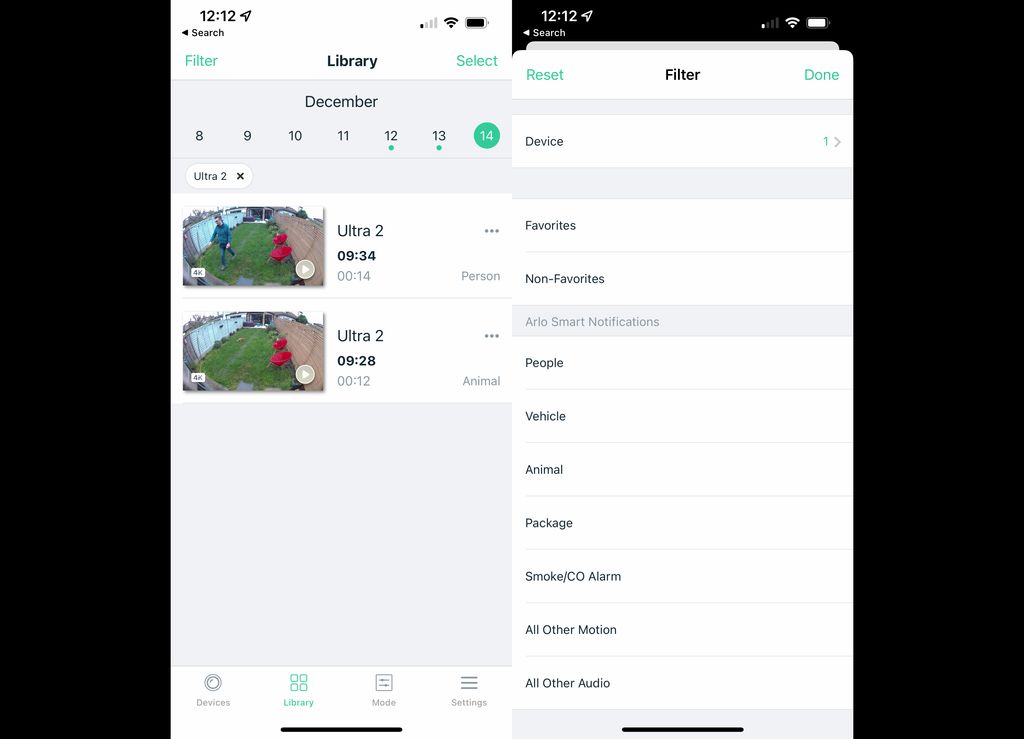
In today's fast-paced work environment, email communication plays a crucial role in administrative teams. However, inefficient email practices can lead to wasted time, miscommunication, and decreased productivity. To improve email efficiency, it is important to understand the challenges of email communication and implement strategies to streamline processes, organize emails effectively, enhance email writing skills, and promote collaborative email management. By following these key takeaways, administrative teams can optimize their email communication and work more efficiently.

Email communication can be challenging for administrative teams. One common issue is the overwhelming amount of emails received on a daily basis. It can be difficult to keep up with the constant influx of messages and prioritize which ones require immediate attention. Another challenge is the lack of clarity in email communication. Misunderstandings can arise when messages are not clear and concise, leading to confusion and delays in response times. Additionally, email overload can lead to a decrease in productivity as team members spend excessive time managing their inbox instead of focusing on important tasks.
Inefficient email communication can have a significant impact on productivity and efficiency within administrative teams. It can lead to delays in response times, miscommunication, and a cluttered inbox. Identifying the root causes of inefficiency is crucial in order to implement effective solutions. One common issue is the presence of unwanted subscriptions in the inbox. These subscriptions can overwhelm the inbox and make it difficult to find important emails. Eliminating unwanted subscriptions and implementing strategies to streamline the process can greatly improve email management.

Implementing email management tools can greatly improve the efficiency of email communication for administrative teams. These tools provide features such as email tracking, email templates, and email scheduling, which can help streamline the email workflow. By using email management tools, administrative teams can save time and effort by automating repetitive tasks and organizing their inbox more effectively.
When establishing clear communication guidelines for email, it is important to set expectations and provide guidelines for email etiquette. This helps ensure that all team members understand how to communicate effectively and efficiently via email. Here are some key points to consider:
Establishing clear communication guidelines can help streamline email communication and improve overall efficiency within the administrative team.
Automating email responses can greatly improve efficiency and save time for administrative teams. By setting up automated responses, you can ensure that important emails are acknowledged and addressed promptly, even when you are not available. This can be particularly useful for handling common inquiries or providing basic information. Automated responses can also help manage expectations by letting senders know when they can expect a more detailed reply. However, it is important to strike a balance and avoid overusing automated responses, as they can come across as impersonal or robotic.

Creating folders and labels is an effective way to organize your emails and improve email efficiency. By categorizing your emails into different folders based on their content or priority, you can easily locate and access specific emails when needed. Labels, on the other hand, allow you to tag emails with specific keywords or categories, making it easier to search for and filter emails. Here are some tips for creating folders and labels:
By implementing a well-organized folder and label system, you can streamline your email management process and reduce the time spent searching for specific emails.
Filters and rules are powerful tools that can help streamline email organization and management. By setting up filters and rules, you can automatically categorize and prioritize incoming emails based on specific criteria. This allows you to focus on the most important emails and reduces the time spent sorting through your inbox.
Implementing filters and rules can be done in most email clients, including Gmail, Outlook, and Apple Mail. Here are some key benefits of utilizing filters and rules:
To set up filters and rules in your email client, refer to the documentation or help resources provided by the email service provider.
When it comes to managing your email inbox effectively, prioritization is key. By prioritizing your emails, you can ensure that you address the most important messages first and avoid getting overwhelmed by a cluttered inbox. Here are some strategies to help you prioritize your emails:

Crafting clear and concise emails is essential for effective communication. When composing an email, it is important to keep the message focused and to the point. Use bold formatting sparingly to highlight important keywords or phrases. Additionally, utilize italics for subtle emphasis where needed. Avoid using excessive formatting or unnecessary jargon that may confuse the recipient.
To ensure clarity in your emails, consider the following tips:
Remember, the goal is to convey information efficiently and effectively. By crafting clear and concise emails, you can enhance communication and reduce the risk of misinterpretation or confusion.
When it comes to email communication, using proper email etiquette is essential for maintaining professionalism and ensuring effective communication. Here are some key tips to keep in mind:
Be mindful of your tone: Since email lacks non-verbal cues, it's important to choose your words carefully and ensure your tone is clear and respectful.
Keep it concise: Avoid lengthy emails that may overwhelm the recipient. Get straight to the point and use bullet points or numbered lists to organize information.
Use appropriate subject lines: A clear and descriptive subject line helps the recipient understand the purpose of the email and prioritize it accordingly.
Tip: Avoid using all caps or excessive exclamation marks in your subject line, as it may come across as unprofessional.
Reply promptly: Aim to respond to emails in a timely manner, even if it's just to acknowledge receipt and provide an estimated response time.
Proofread before sending: Take a moment to review your email for any spelling or grammatical errors before hitting the send button.
Remember, practicing good email etiquette not only improves communication but also reflects positively on your professionalism and attention to detail.
Email overload can be overwhelming and hinder productivity. To avoid getting overwhelmed by a flood of emails, it is important to implement effective strategies. Here are some tips to help you manage your email efficiently:

Implementing team email inboxes can greatly improve collaboration and efficiency within an administrative team. By creating a shared inbox, team members can easily access and respond to emails related to specific projects or clients. This ensures that important emails are not missed or overlooked, and allows for better coordination and communication among team members. Additionally, team email inboxes can help streamline the email management process by centralizing all relevant emails in one place.
Email collaboration tools are essential for efficient teamwork and communication within administrative teams. These tools provide a centralized platform where team members can collaborate on emails, share information, and track progress. By utilizing email collaboration tools, teams can streamline their communication processes and improve overall productivity.
In conclusion, improving email efficiency for administrative teams is crucial for streamlining communication and increasing productivity. By implementing strategies such as organizing emails, setting clear expectations, and utilizing email management tools, administrative teams can effectively manage their email workload and reduce the time spent on email-related tasks. This not only improves efficiency but also allows team members to focus on more important responsibilities. Efficient email management is a key component of successful administrative work, and by implementing these strategies, teams can optimize their email workflow and achieve better results.
To improve email efficiency, you can implement email management tools, establish clear communication guidelines, automate email responses, create folders and labels, utilize filters and rules, prioritize emails, craft clear and concise emails, use proper email etiquette, avoid email overload, implement team email inboxes, and utilize email collaboration tools.
Common email communication issues faced by administrative teams include email overload, miscommunication, lack of organization, delayed responses, and difficulty in managing multiple email threads.
Email management tools can help improve efficiency by providing features such as email tracking, email templates, email scheduling, email analytics, and integration with other productivity tools.
Establishing clear communication guidelines helps ensure that everyone in the administrative team understands how emails should be written, formatted, and responded to. This promotes consistency, clarity, and efficiency in email communication.
Some effective email organization strategies include creating folders and labels to categorize emails, utilizing filters and rules to automatically sort incoming emails, and prioritizing emails based on urgency and importance.
To improve your email writing skills, you can focus on crafting clear and concise emails, using proper email etiquette, avoiding unnecessary details, and ensuring your message is easily understandable by the recipient.